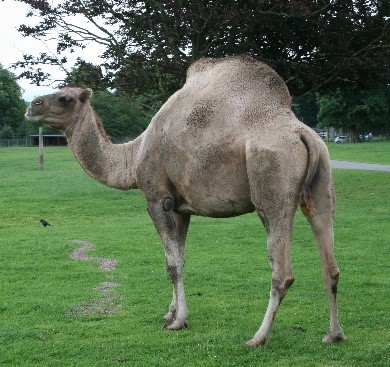Grand Order Ungulata, belongs in the Class Mammalia, and holds a diverse group of both wild and domesticated species, and surprisingly some aquatic species. With such a diverse group of terrestrial and aquatic species we must ask, what makes an Ungulate? So, let’s look at the facts:
 Ungulates are hooved animals, or animals which contain structures which are similar to hooves.
Ungulates are hooved animals, or animals which contain structures which are similar to hooves.
- Many species, but not all, have specially designed chambered stomachs to aid in plant digestion, for example Ruminants.
- Ungulates tend to be browsers, foragers or grazers.
- Reproductive behaviours displayed show some similarities including full sexual intercourse, birth to live young and milk is secreted from the mammary glands to nurse young, which is why they are placed in the Class Mammalia.
- This diverse set of species is separated across seven Orders:
- Perissodactyla.
- Artiodactyla.
- Proboscidea.
- Hyracoidea.
- Tubulidentata.
- Cetacea.
- Sirenia.
Of the seven Orders:
- We have, Perissodactyla (odd-toed ungulates) which includes for example Horses, Zebras, Rhinos and Tapirs.
- We also have Artiodactyla (even-toed ungulates) which consists of Hippos, Pigs, Giraffes, Camels, Sheep, Cows, etc.
- Proboscidea includes only elephants whose hooves are designed quite differently.
Now, it is understandable why we would include these Orders in the Grand Order Ungulata. So, what about the following two Orders?
- Hyracoidea which consists of Hyraxes.
- Tubulidentata which includes Aardvarks.
Although Hyraxes and Aardvarks may not resemble other species they actually do have hooves, although not quite like the other species. The Hyraxes hind feet consist of three digits, one claw like, and the other two contain hoof like nails. Each digit on the Aardvark consists of a nail which is quite flat, and this assists in their burrowing and digging.
This now leaves our aquatic Orders which includes:
- Cetacea, which consists of Whales, Porpoises and Dolphins.
- Sirenia, which includes Dugongs and Manatees.
Do the species in these Orders have hooves? Well the answer is no, not completely, but it is believed that Cetacean species evolved from the Order Artiodactyla, and this is why they remain in this classification. Sirenia species were once placed within Order Cetacea, but studies overtime have shown quite different physical structures including the skull and the presence of nail structures on their fins.
There is so much more to learn about this fascinating Grand Order. If you would like to learn more, you may like to know that we now have a fantastic new eBook available in or book store, called Ungulate Animals. Click here to find out more.